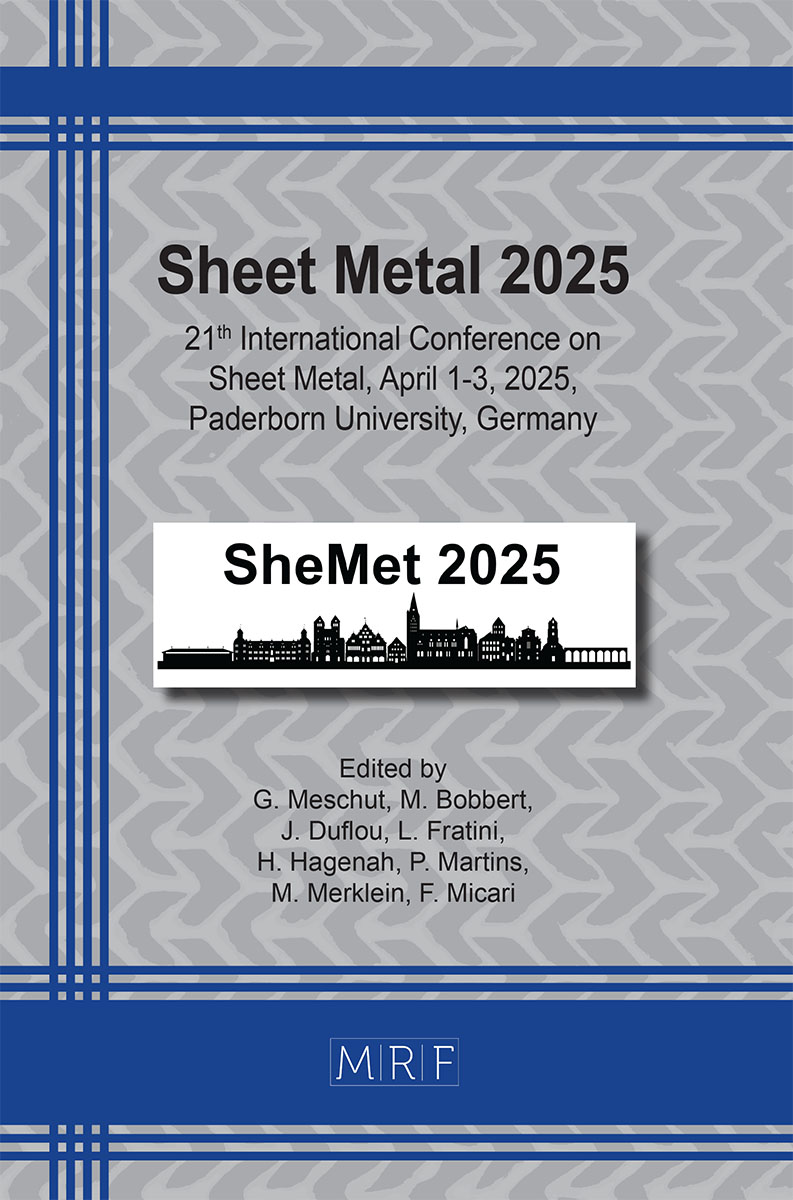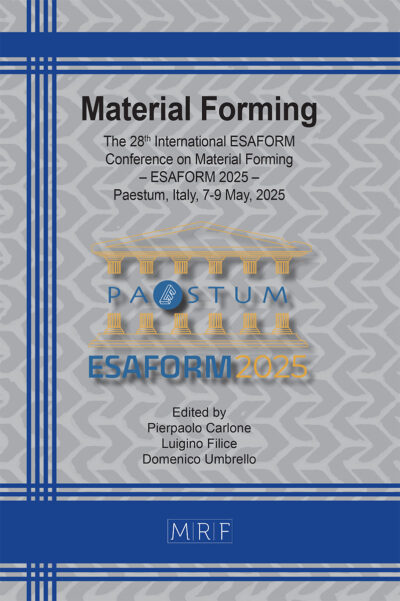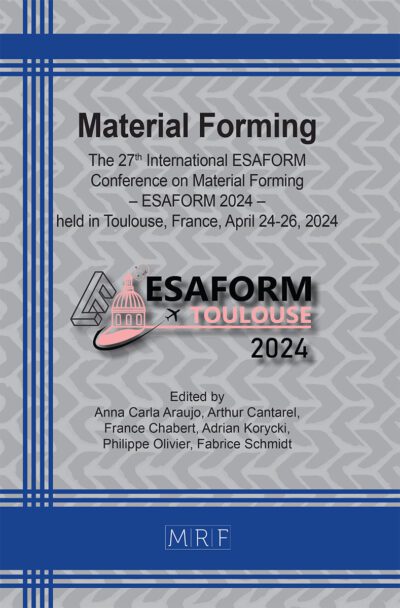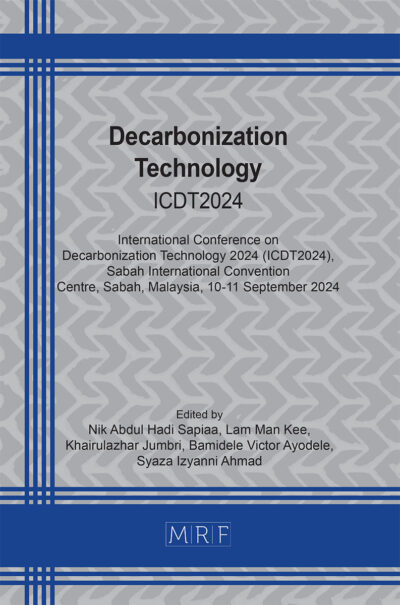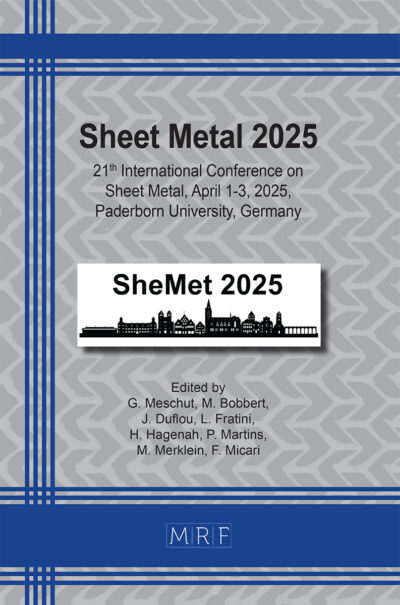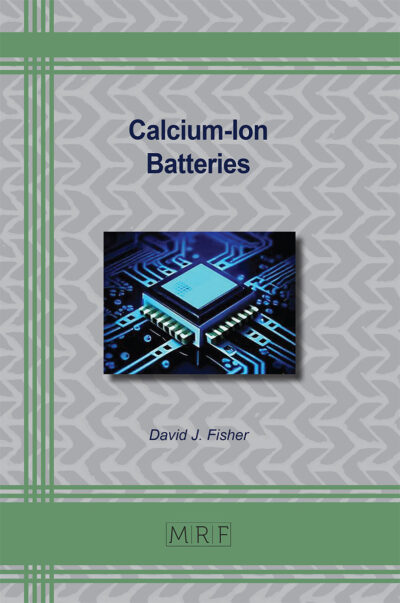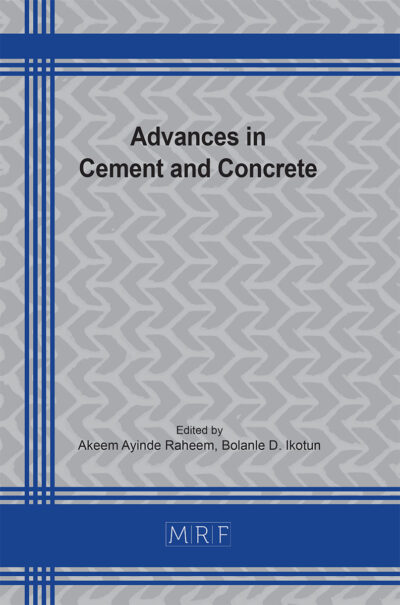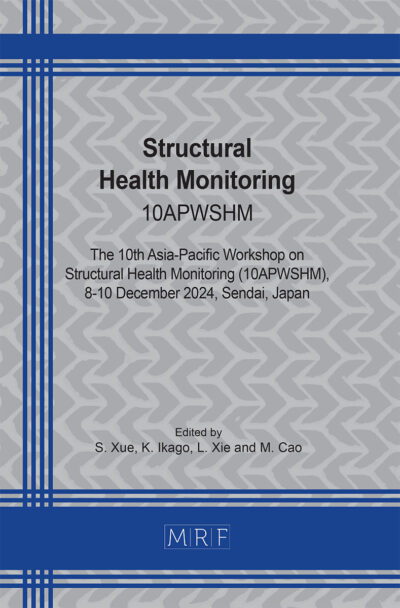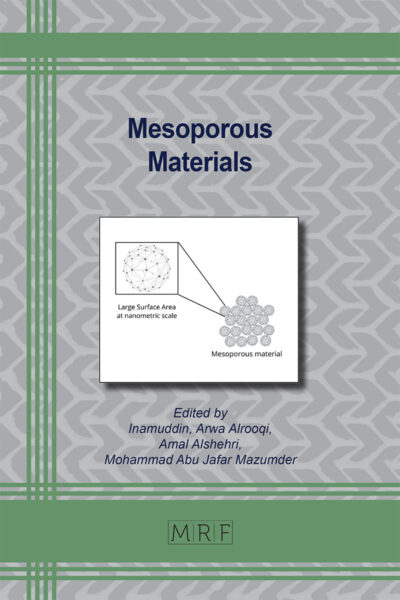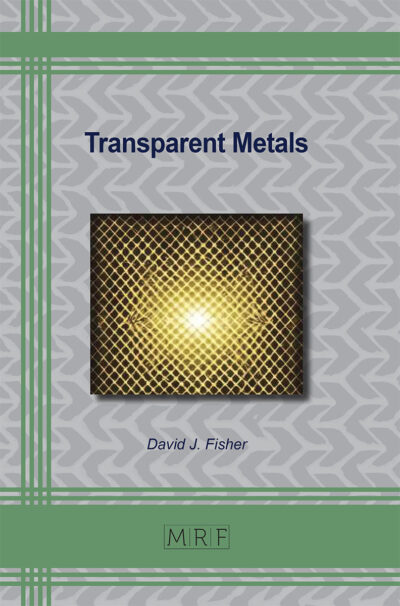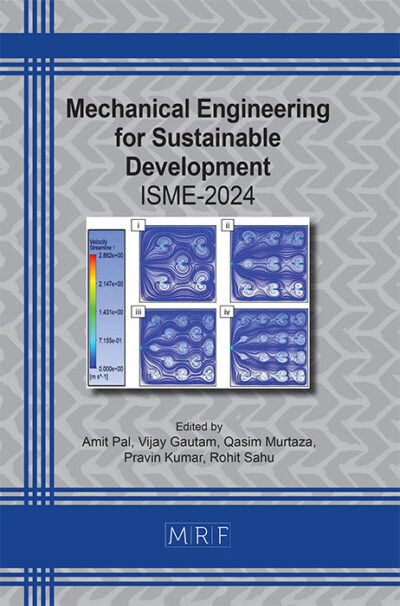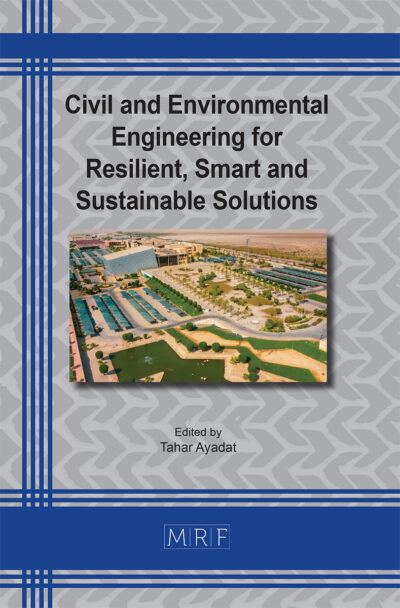Investigating intermediate shapes for multi-stage forming of cranial implants: The influence of two intermediates stages
M. Vanhulst, J.R. Duflou
Abstract. This study investigates the use of two intermediate shapes, constructed with an automatic design strategy, in Single Point Incremental Forming (SPIF) to improve thickness distribution and geometric accuracy for cranial implants. Previous work showed a trade-off between these two factors when using only one intermediate stage. In this research, five three-stage experiments were conducted, along with both a two-stage and a single-stage control. The intermediate shapes are constructed using z-scaling and z-translation techniques and the design is based on the outcome of experiments with only one intermediate shape. Building further upon these previous results, the last intermediate stage is selected for optimal geometric accuracy and kept constant for all experiments for comparison purposes. An earlier stage is added and optimized further to improve the thickness distributions. Results show that while multi-stage forming improved the thickness distributions in the last intermediate stage, this benefit vanished in the final forming stage. Geometric accuracy was slightly better in the two-stage process compared to the three-stage experiments.
Keywords
Incremental Sheet Forming, Accuracy, Formability, Multi-Stage Forming, Medical Implants
Published online 4/1/2025, 9 pages
Copyright © 2025 by the author(s)
Published under license by Materials Research Forum LLC., Millersville PA, USA
Citation: M. Vanhulst, J.R. Duflou, Investigating intermediate shapes for multi-stage forming of cranial implants: The influence of two intermediates stages, Materials Research Proceedings, Vol. 52, pp 76-84, 2025
DOI: https://doi.org/10.21741/9781644903551-10
The article was published as article 10 of the book Sheet Metal 2025
![]() Content from this work may be used under the terms of the Creative Commons Attribution 3.0 license. Any further distribution of this work must maintain attribution to the author(s) and the title of the work, journal citation and DOI.
Content from this work may be used under the terms of the Creative Commons Attribution 3.0 license. Any further distribution of this work must maintain attribution to the author(s) and the title of the work, journal citation and DOI.
References
[1] J. R. Duflou et al., “Single point incremental forming: state-of-the-art and prospects,” Nov. 01, 2018, Springer-Verlag France. https://doi.org/10.1007/s12289-017-1387-y.
[2] P. Eyckens, S. He, A. Van Bael, P. Van Houtte, and J. Duflou, “Forming Limit Predictions for the Serrated Strain Paths in Single Point Incremental Sheet Forming,” pp. 141–147, 2007.
[3] Z. Cheng, Y. Li, C. Xu, Y. Liu, S. Ghafoor, and F. Li, “Incremental sheet forming towards biomedical implants: a review,” Journal of Materials Research and Technology, vol. 9, no. 4, pp. 7225–7251, Jul. 2020. https://doi.org/10.1016/J.JMRT.2020.04.096.
[4] G. Ambrogio, L. De Napoli, L. Filice, F. Gagliardi, and M. Muzzupappa, “Application of Incremental Forming process for high customised medical product manufacturing,” J Mater Process Technol, vol. 162–163, no. SPEC. ISS., pp. 156–162, May 2005. https://doi.org/10.1016/J.JMATPROTEC.2005.02.148.
[5] R. Araújo, P. Teixeira, L. Montanari, A. Reis, M. B. Silva, and P. A. Martins, “Single point incremental forming of a facial implant,” Prosthet Orthot Int, vol. 38, no. 5, pp. 369–378, 2014. https://doi.org/10.1177/0309364613502071.
[6] L. C. Hieu et al., “Integrated Approaches for Personalised Cranio-Maxillofacial Implant Design and Manufacturing,” vol. 27, Springer, Berlin, Heidelberg, 2010, pp. 119–122. https://doi.org/10.1007/978-3-642-12020-6_29.
[7] G. Ambrogio, R. Conte, L. De Napoli, G. Fragomeni, and F. Gagliardi, “Forming approaches comparison for high customised skull manufacturing,” Key Eng Mater, vol. 651–653, pp. 925–931, 2015. https://doi.org/10.4028/www.scientific.net/KEM.651-653.925.
[8] H. Vanhove, Y. Carette, S. Vancleef, and J. R. Duflou, “Production of thin Shell Clavicle Implants through Single Point Incremental Forming,” Procedia Eng, vol. 183, pp. 174–179, 2017. https://doi.org/10.1016/J.PROENG.2017.04.058.
[9] P. K. Bhoyar and A. B. Borade, “The use of single point incremental forming for customized implants of unicondylar knee arthroplasty: a review,” Research on Biomedical Engineering, vol. 31, no. 4, pp. 352–357, Oct. 2015. https://doi.org/10.1590/2446-4740.0705.
[10] J. R. Duflou, A. K. Behera, H. Vanhove, and L. S. Bertol, “Manufacture of Accurate Titanium Cranio-Facial Implants with High Forming Angle Using Single Point Incremental Forming,” Key Eng Mater, 2013. https://doi.org/10.4028/www.scientific.net/KEM.549.223.
[11] M. I. Fahad, A. Z. M. Shammari, and R. binti M. Nasir, “A Study on the Effect of Multistage Toolpath in Fabricating a Customized Cranial Implant in Incremental Sheet Metal Forming,” Al-Khwarizmi Engineering Journal, vol. 19, no. 3, pp. 72–87, 2023. https://doi.org/10.22153/kej.2023.03.003.
[12] M. Vanhulst, S. Waumans, H. Vanhove, and J. R. Duflou, “Investigating intermediate shapes for multi-stage forming of cranial implants,” J Manuf Process, vol. 127, pp. 1–8, Oct. 2024. https://doi.org/10.1016/J.JMAPRO.2024.07.126.

